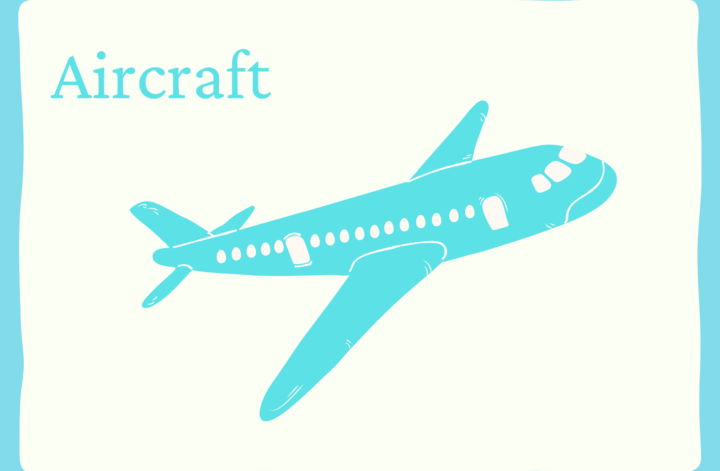A lever consists of a rigid bar and a fixed support. When you apply a force at one point on the lever, you can move or lift an object using less force.
<The three parts of a lever>
A lever has three parts.
Effort: where you apply a force
Load: where the force is applied to the object
Fulcrum: a fixed support
<The principle of levers>
The effort times its distance from the fulcrum equals the load times its distance from the fulcrum.
<Classes of levers>
First class: The fulcrum is somewhere between the load and the effort (e.g. a nail puller).
Second class: The load is somewhere between the fulcrum and the effort (e.g. a bottle opener).
Third class: The effort is somewhere between the load and the fulcrum (e.g. tweezers).
てこは、固い棒と固定された支えでできています。てこの1点に力を加えると、小さい力でものを動かしたり持ち上げたりすることができます。
<てこの3点>
てこには3つの点があります。
力点:力を加える位置
作用点:ものに力が加わる位置
支点:固定された支え
<てこの原理>
力点に加える力×支点から力点までの距離=作用点に加わる力×支点から作用点までの距離
<てこの種類>
第1種:支点が作用点と力点の間にあります(例:釘抜き)。
第2種:作用点が支点と力点の間にあります(例:栓抜き)。
第3種:力点が作用点と支点の間にあります(例:ピンセット)。






